Boom in new homes and subdivisions in Southern Tasmania as population surges
New homes and subdivisions are springing up left, right and centre in the south of the state amid a population surge, with interstate developers swooping in to capitalise on the growth.
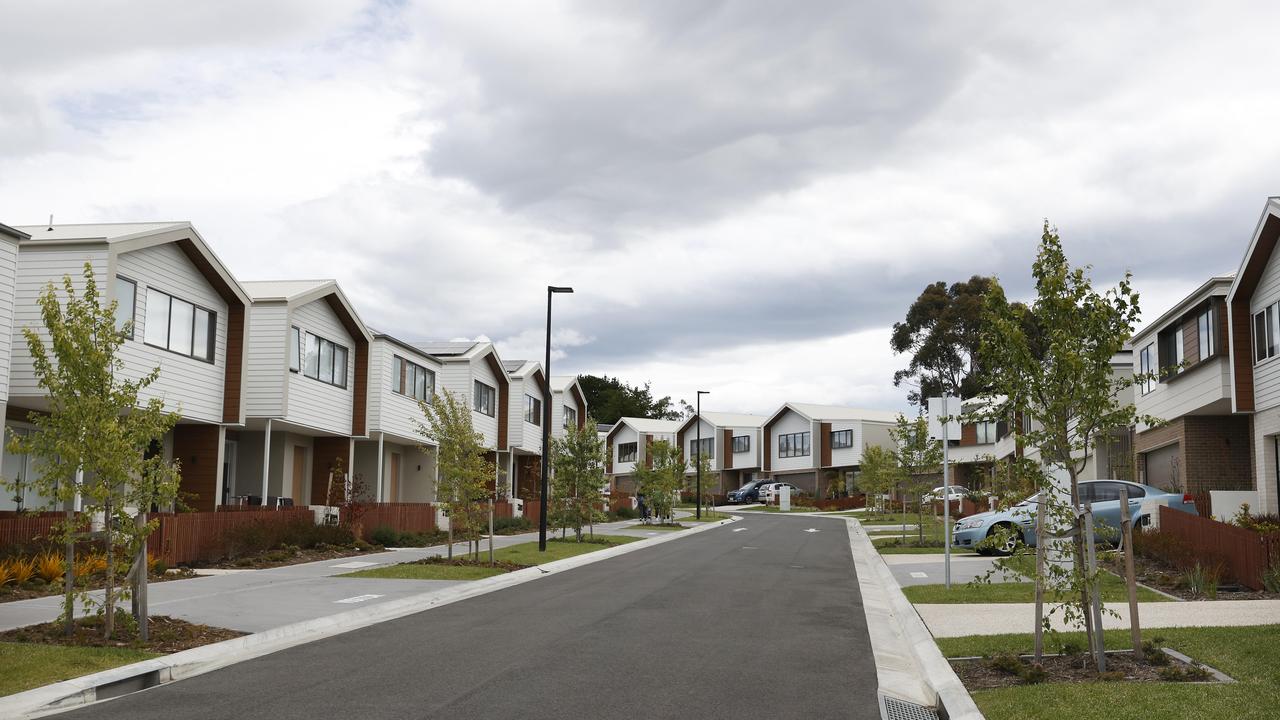
Kingborough has emerged as the prime hotspot for housing growth in Southern Tasmania, as developers flock to the flourishing region with grand plans for subdivisions and retail precincts.
The local council is approving approximately 200 dwellings per year and about 20 new subdivisions have been given the green light since the beginning of 2020, none more prominent than the Kings Quarter development at Kingston.
Kingborough Mayor Paula Wriedt said infill development was a major focus for the council, as it was for all local governments in the Greater Hobart Area.
But she noted that a major greenfield housing development at Huntingfield, led by the state government, would be the chief source of new homes in the municipality, with about 475 new dwellings to be established there over the next five years.
“The Kingborough Land Use Strategy also indicates potential additional housing opportunities at Margate and Snug,” Ms Wriedt said.
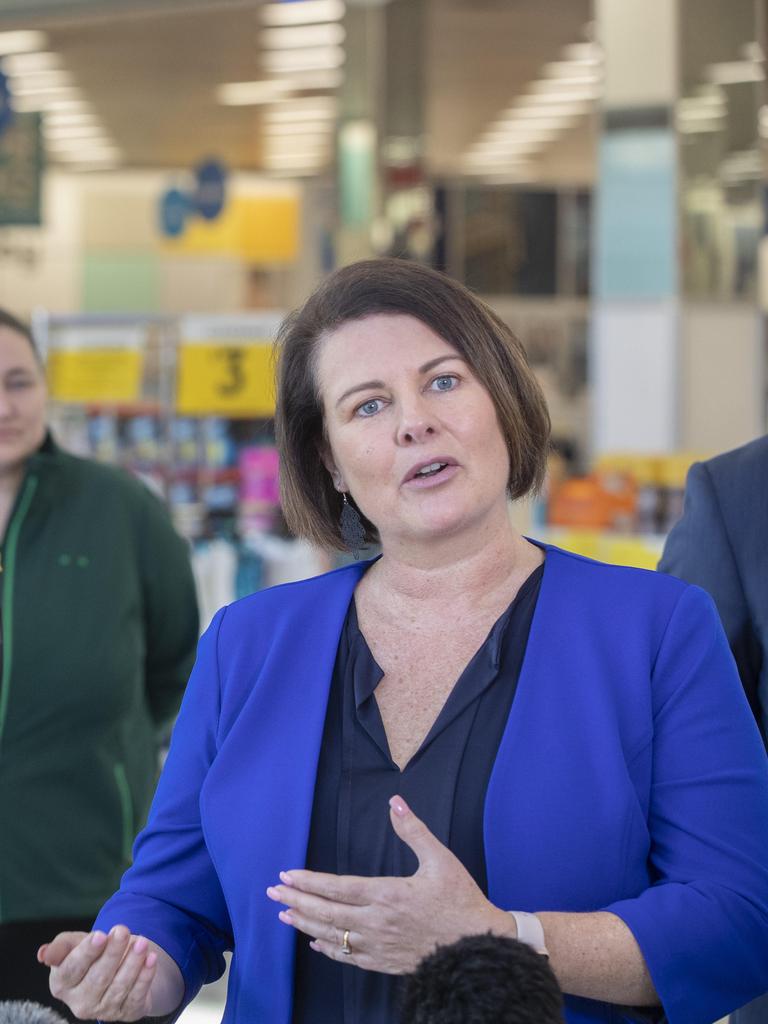
According to the Australian Bureau of Statistics (ABS), Kingborough has welcomed almost 4500 new residents since 2017, bringing its population close to 41,000 in 2022.
As the number of people living in the area has increased, the Kingborough Council has scrambled to upgrade its infrastructure and amenities to accommodate the startling levels of growth, establishing a new community hub, revamping the Kingston CBD, and building the most impressive playground in the state.
The developer behind the $330 million Kings Quarter subdivision at the old Kingston High School site is also building a 113-lot subdivision at Risdon Vale, with work on the project set to be completed by the end of this year.
The Clarence City Council has issued 34 planning permits for subdivisions in just the past two years.
A council spokesman said the vast majority of these were located at Rokeby, Howrah, Glebe Hill and Clarendon Vale, with some in Geilston Bay and Risdon Vale, and others “scattered elsewhere”.
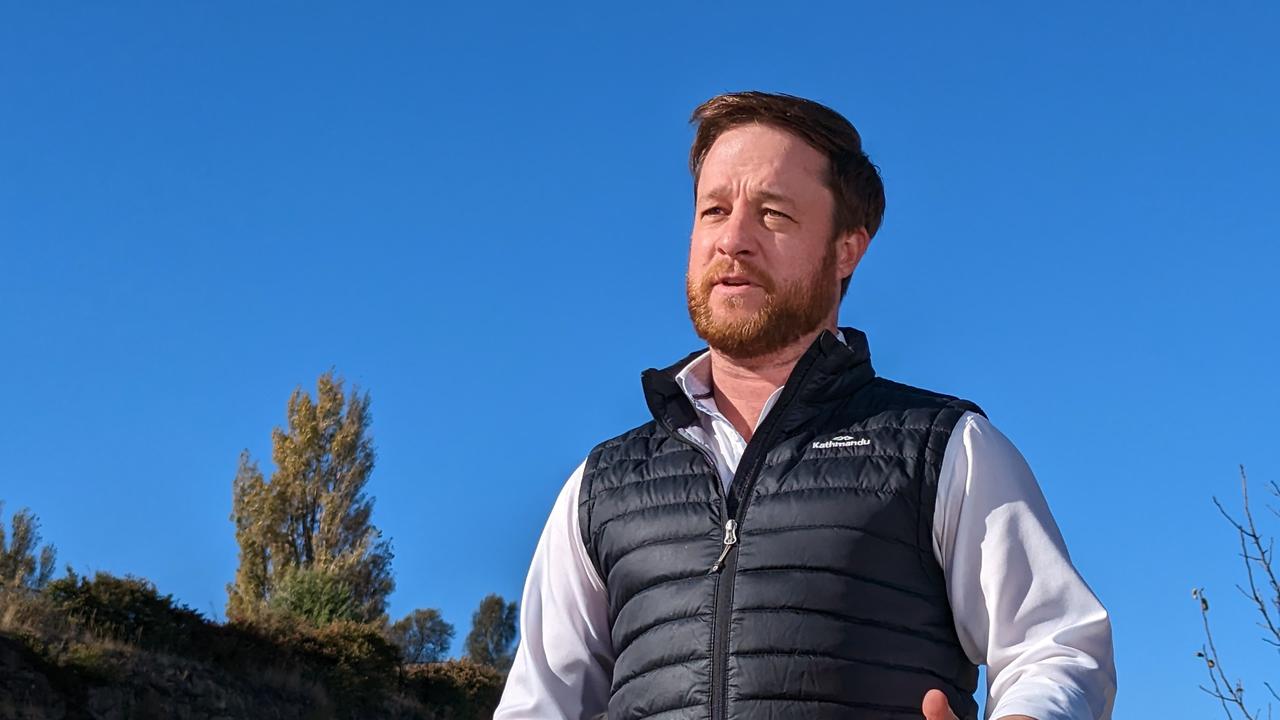
Just last week, the Rockliff government launched the Tasmanian Housing Strategy, which Housing and Construction Minister Nic Street said prioritised medium density housing and infill development “to make the most of our existing infrastructure and services”.
Mere days before the release of the strategy, the annual Rental Affordability Index was published, which identified the likely cause of ballooning rents in Tasmania as an inadequate supply of rental housing.
Master Builders Tasmania CEO Matthew Pollock said the building and construction industry needed to build 3000 homes a year in order to sufficiently address the state’s housing crisis.
“The building sector is a jobs factory for Tasmania and we need to invest in it so we can build more houses for our community,” he said.
Property Council Tasmania executive director Rebecca Ellston said the primary housing growth areas in Southern Tasmania were south of Hobart, particularly within Kingborough.

“Recent land rezoning in the Huon Valley has unlocked new opportunity and will see growth of this area, as well. However, travel distances remain a challenge for many,” she said.
Another boom area for housing in the south is Sorell, where a development application for a new 199-lot subdivision off the Arthur Hwy is currently before the local council.
Sorell Council general manager Robert Higgins said 130 new dwellings had been approved for construction in the municipality in 2023.
“The Southern Beaches area – Dodges Ferry, Lewisham, Carlton and Primrose Sands – once a traditional shack settlement, has become increasingly attractive to retirees and families who are keen to take advantage of the relaxed beachside lifestyle,” Mr Higgins said.
“The growth of this area is also evident in Dodges Ferry Primary School enrolling 80 new kinder students in each of the past three years, taking their total enrolment to well over 550 students.”
A spokesman for the Derwent Valley Council said moderate population growth in that region had been reflected in an “upsurge” in subdivision and building approvals by the council in the 2021-22 financial year.
The northern suburbs of Hobart have seen increased housing development recently, as well, with a 269-lot subdivision approved and 80 titles created by the Brighton Council in the last two years.
Between 2016 and 2021, Brighton’s population increased by 15.1 per cent, representing an annual population growth of 2.85 per cent over that period, Brighton Council director development services David Allingham said.
LIVING LIKE KINGS
One year after making the big decision to downsize and move away from Bruny Island, Jim Laver and Barbara Tassell say the new life they’ve made for themselves in a Kingston subdivision has “worked out really well”.
It was last October that the retired husband-and-wife pair bought a house in the Birch Row lifestyle development, which is the first stage of Traders in Purple’s Kings Quarter subdivision at the old Kingston High School site.
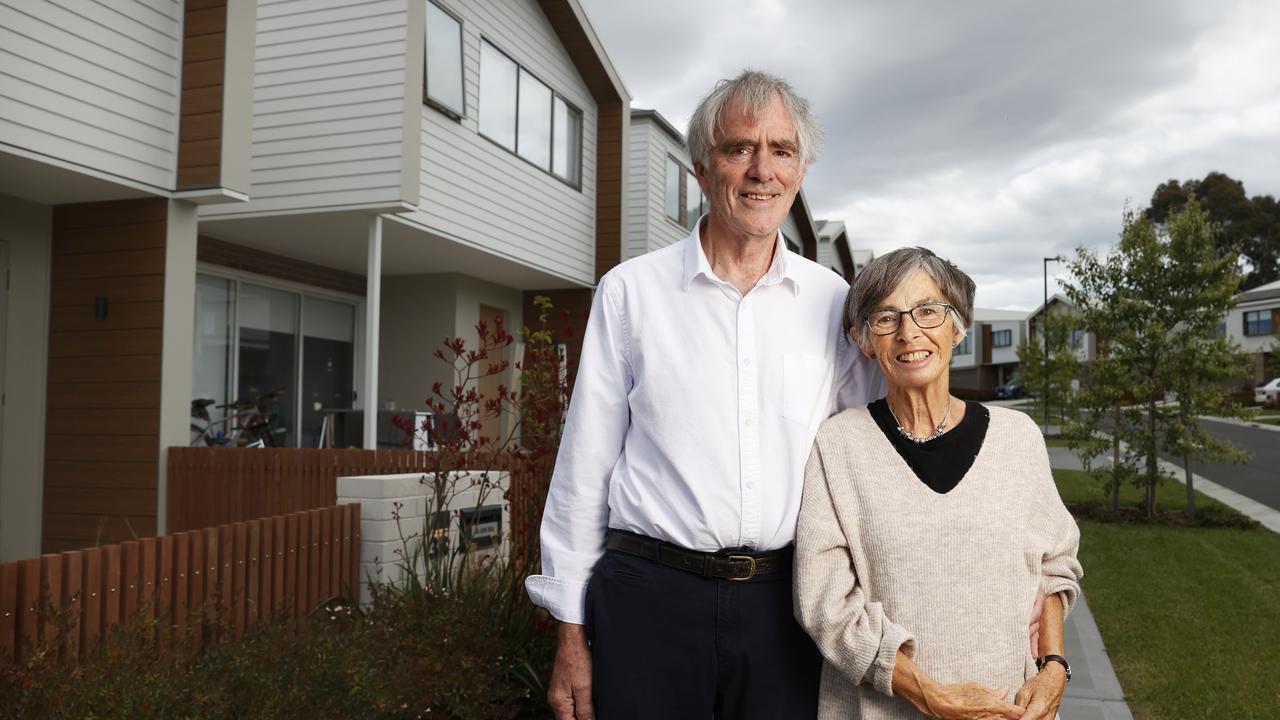
Mr Laver, 78, said he and Ms Tassell, 72, had chosen the location based on “the closeness of the amenities and the flatness that allows us to walk everywhere”.
“You’ve got everything you need in Kingston, pretty much. We’re able to walk to the supermarket, the doctor’s, physio, the dentist, whatever. It’s all closely situated in Channel Court,” he said.
Mr Laver said there was a “terrific mix” of people from a variety of different backgrounds living at Birch Row.
“We’ve got Brazilians, Chinese, South Africans, as well as Australians. There are families, single people, and couples like ourselves that are retired,” he said.
“We’re an eclectic mix and we’re all getting on very well. So it’s worked out really well.”
There are currently 65 completed three and four-bedroom homes and townhouses at Birch Row, with an additional 15 dwellings to be built by the end of the year, as well as a residents’ clubhouse.
Designs for stage two of the Kings Quarter subdivision are currently in the works, with a range of contemporary two and three-bedroom park-front apartments set to be built.
DEVELOPER EYES KINGSTON FOR HUGE SHOPPING COMPLEX
The recent growth in Kingborough has been so pronounced that an interstate property developer has swooped in with plans to build a new $40 million shopping complex opposite the Kingston Bunnings store on Channel Hwy.
Tipalea Partners says Spring Farm Village will deliver critical new infrastructure for the region and create hundreds of local jobs. It’s set to feature a Coles supermarket, medical and dental services, a cafe, bakery and takeaway food options.
The company’s CEO, Scott Spanton, said Tipalea had conducted research that found the broader Kingston catchment was home to just under 60,000 residents, having grown by 6200 people in the last five years alone. He said this was expected to increase by an additional 7300 people over the next two decades.
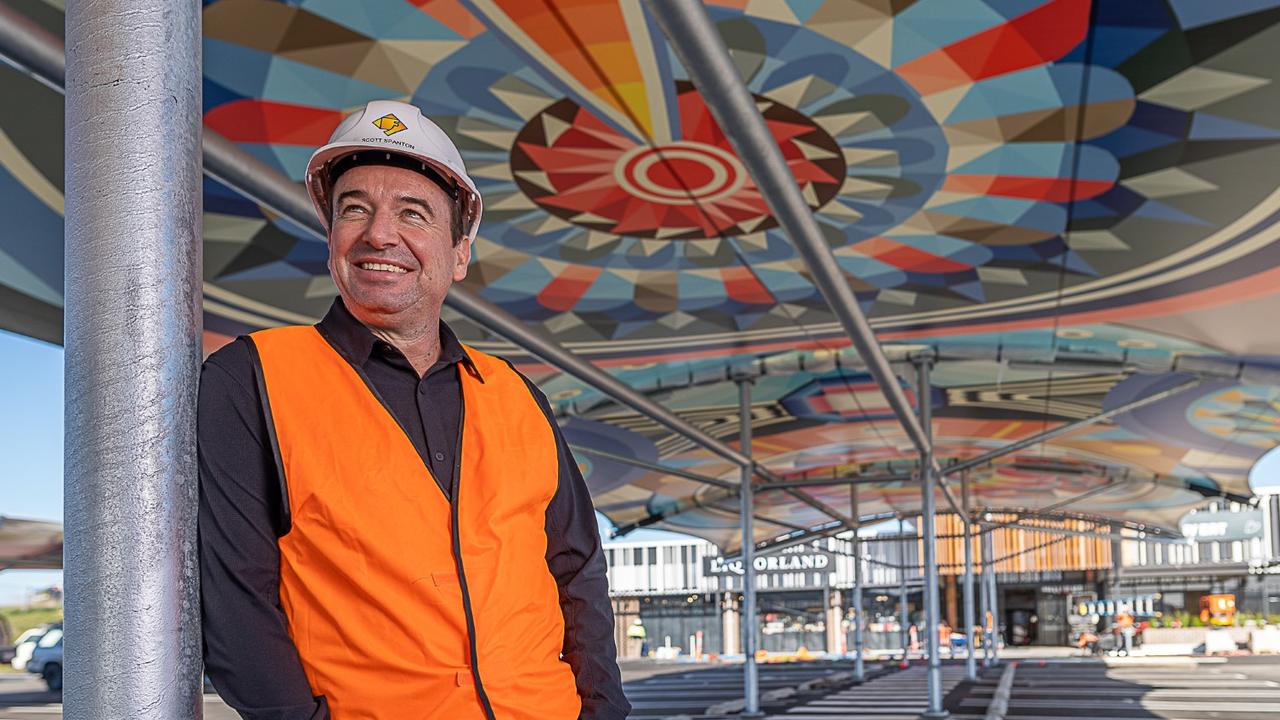
“One full-line supermarket is needed for every 8,000 to 10,000 people – and with only four in the area, it was abundantly clear that there is pent-up demand for a fifth full-line supermarket,” Mr Spanton said.
“Spring Farm Village will deliver this with Coles set to open its largest supermarket in the region alongside 16 specialty retailers, providing residents with variety and convenience within a state-of-the-art retail centre designed with smart tech and strong sustainability credentials.”
Mr Spanton said he hoped Tipalea would be granted the required council approvals for the complex by the end of this year and that construction was expected to begin in early 2024, with completion slated for early 2025.
Approximately 600 residential lots have been established in the nearby Spring Farm and Whitewater Park estates in the past three years.





